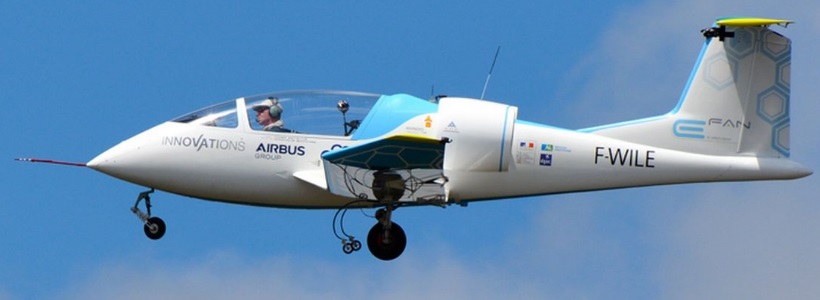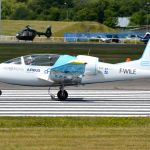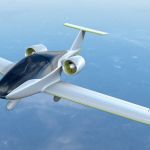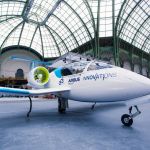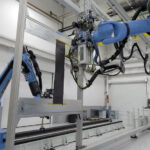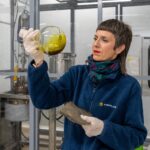But the record of first electric crossing was controversially taken by a French pilot in a tiny one-seater just hours beforehand.
Airbus’ all-electric E-Fan plane has completed a historic crossing of the English Channel this morning.
It was supposed to be the first time an electric aircraft had completed the 20.6-mile (33.1km) journey.
But controversy has arisen after a French stunt pilot claimed to have completed the journey in a one-seater electric plane just hours beforehand.
French stunt pilot Hugues Duval flew his Cri-Cri electric plane across the channel and back again in the early hours of July 10.
Airbus’ flight began in Lydd, Kent, at around 9.15am and took a little under an hour to reach Calais.
The manufacturer has downplayed the claim by Duval by saying he launched his plane from another aircraft rather than taking off directly from land like the E-Fan.
The two-seater 500kg, carbon fibre E-Fan is propelled by two ducted fans situated above the wings. The 80hp fans are powered by Lithium Polymer batteries and are capable of generating a top speed of over 200km/h. However, the E-Fan is only able to fly for between 45 minutes and an hour.
After landing the aircraft shadowed by two helicopters, Esteyne said the flight was “almost perfect” but declined to be drawn on the upstaging of his attempt by rival Duval.
He told reporters: “I don’t have to talk about that. We did something today. It’s important to us and that’s the most important thing.”
On the flight, he added: “It was almost perfect and of course I feel good. We did it and now the journey is done.”
“The most difficult part was during the climb because we had the safety part of the flight. It took about 14 minutes to be more secure.”
The flight echoed aviator Louis Bleriot’s pioneering flight across the Channel in 1909 aboard a Bleriot XI plane built from wood and fabric.


